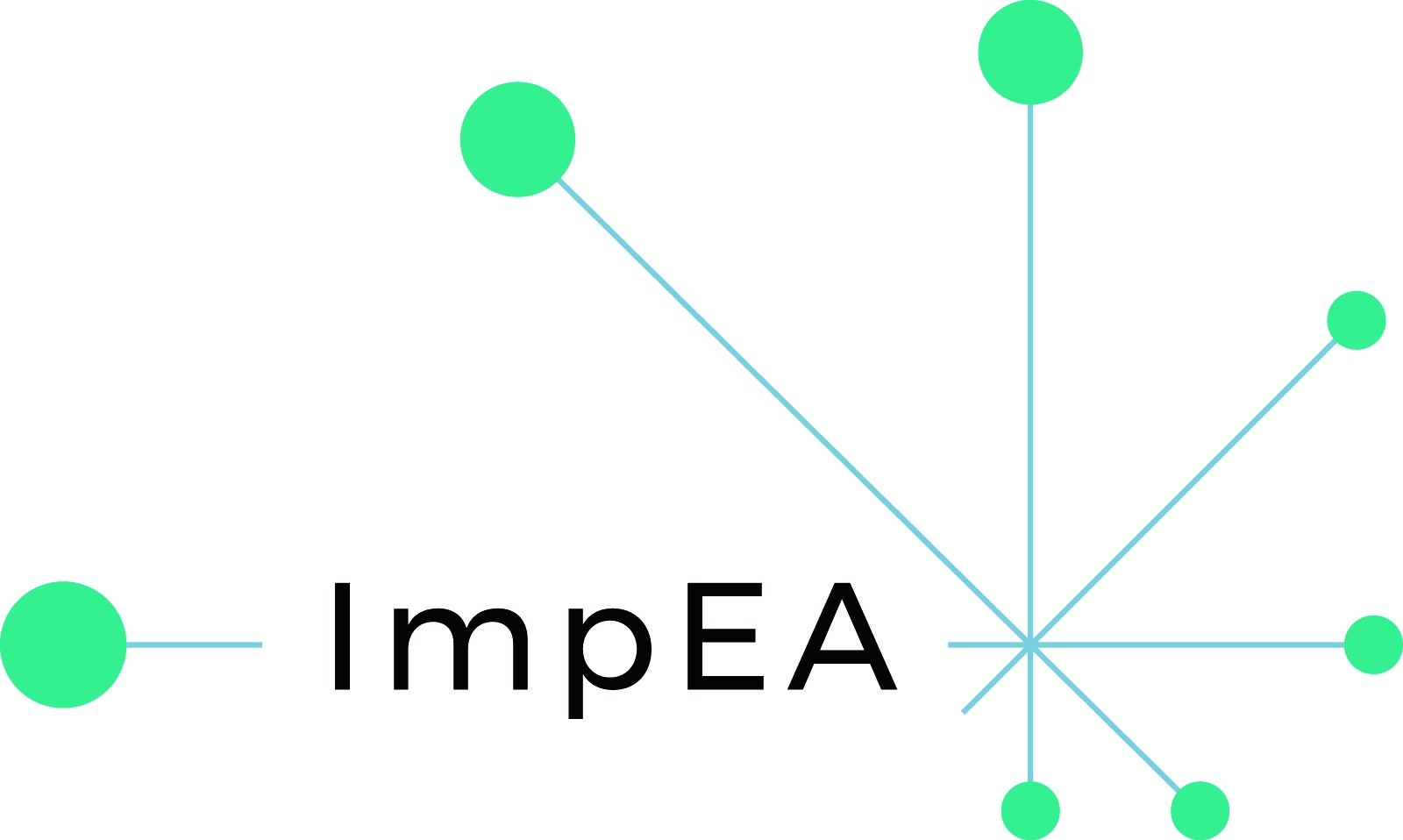Check other articles
1. Eligibility
2. Learning outcomes
3. Study programmes
4. Admission and recognition
5. Learning, Teaching and assessment
6. Student support
7. Resources
9. Quality assurance
4
Recognition [ESG 1.4]
Admission and
The standard on Admission and Recognition is closely related with ESG 1.4 “Student admission, progression, recognition and certification” (ESG 2015) that is why these two standards should be read together to better understand what they imply. In addition, as most of the terms and conditions of the joint programme should be laid down in a cooperation agreement, this standard is also closely linked to substandard 1.3 “Cooperation agreement” of the European Approach where the admission and selection procedures for students and the recognition of credits should be described.
Regarding admission, the standard establishes that “The admission requirements and selection procedures should be appropriate in light of the programme’s level and discipline.” The ESG 1.4 “Student admission, progression, recognition and certification” states that “Institutions should consistently apply pre-defined and published regulations covering all phases of the student “life cycle”, e.g. student admission, progression, recognition and certification.”. While the guidelines further develop the idea that “It is vital to have fit-for-purpose admission, recognition and completion procedures, particularly when students are mobile within and across higher education systems. It is important that access policies, admission processes and criteria are implemented consistently and in a transparent manner.”
Student admission is a process which includes several steps, from recruitment to selection procedures, considering also the admission requirements. One the first questions consortium partners should ask themselves is if the student admission will be organised jointly or separately. Regardless of the joint or separate organisation, the general recommendation would be to set up a joint policy for student admission covering all the steps of the process, adopting a common selection procedure, and setting up a joint selection committee with harmonised selection procedures, including a joint recruitment policy. For the selection process, the recommendation would be to involve academic and administration staff of each partner.
One of the starting points would be to establish the admission requirements. Although in joint programmes there is often a joint selection committee, it must be taken into account that the admission requirements need to comply with national and institutional regulations, unless there are specific exceptions for joint programmes. The recommendation would be to meet the requirements (national legal admission requirements) of the strictest partner in order to guarantee the recognition of the awarded degrees and to avoid clashing with national or institutional criteria.
The recruitment is another of the important steps of the admission process, in some cases, all relevant information of the programme regarding the process (admission criteria, application process and selection criteria, …) is gathered in a joint webpage. This can help centralising and unifying admissions information and encourage applications by promoting transparency and consistency in the information provided. Using a centralised student application process will help avoiding inequalities in admission. Nevertheless, regardless if the student application process is centralised or decentralised, it is important that all partners have access to the application information. Student selection requires the involvement of all partner institutions and it is essential that all responsibilities for (and in) the selection procedure are clearly assigned. Partners usually perform the pre-selection, with the final decision referred to a joint selection committee.
Some guidelines on admission procedures are the following:
- Clarify

- Specify the steps for the application procedure including all required documents.
- Agree on application timeline, joint selection procedure and appeals procedure.
- In addition, take into account the necessary visa procedures for non-EU students.
Regarding recognition, the standard establishes that “Recognition of qualifications and of periods of studies (including recognition of prior learning) should be applied in line with the Lisbon Recognition Convention and subsidiary documents.” At the same time the guidelines at the ESG 1.4 “Student admission, progression, recognition and certification” establish that “Fair recognition of higher education qualifications, periods of study and prior learning, including the recognition of non-formal and informal learning, are essential components for ensuring the students’ progress in their studies, while promoting mobility. Appropriate recognition procedures rely oninstitutional practice for recognition being in line with the principles of the Lisbon Recognition Convention;
cooperation with other institutions, quality assurance agencies and the national ENIC/NARIC centre with a view to ensuring coherent recognition across the country.”

It must be considered that one of the fundamental principles of the Lisbon Recognition Convention (LRC) is that “foreign qualifications shall be recognised unless there is a substantial difference between the foreign qualification for which recognition is sought and the corresponding qualification of the host country”. So recognition should be granted unless there is a substantial difference. In addition, according to the LRC, recognition procedures and criteria should be transparent, coherent, reliable, and there should be a possibility to appeal. The LRC also indicates that recognition decisions should be made on the basis of appropriate information.
In this sense, the project Linking Academic Recognition and Quality Assurance (LIREQA) was developed with the main aim of contributing to fair recognition of qualifications by developing recommendations to relate academic recognition to both internal and external quality assurance. One of the outcomes of the project were recommendations for HEIs, Quality Assurance Agencies, ENIC/NARIC centres and stakeholders. If we focus on the specific recommendations for HEIs we can find that they address specifically: The tools that should be used for recognition procedures: the Lisbon Recognition Convention, its subsidiary texts, the European Recognition Manual for Higher Education Institutions (EARHEI Manual), and other tools developed by the ENIC/NARIC networks. The need of regular monitoring and review of the recognition procedures as part of their internal quality assurance system.
The promotion of opportunities for all types of recognition, publishing clear and easily accessible information about it, and ensuring prompt communication with the learner during the recognition process.
Appropriate institutional infrastructure to ensure and support reliable and consistent recognition decision making.
Cooperation with the national ENIC/NARIC centres (for information and capacity building) and with the recognition community of other HEIs (for sharing information, knowledge and good practice).
